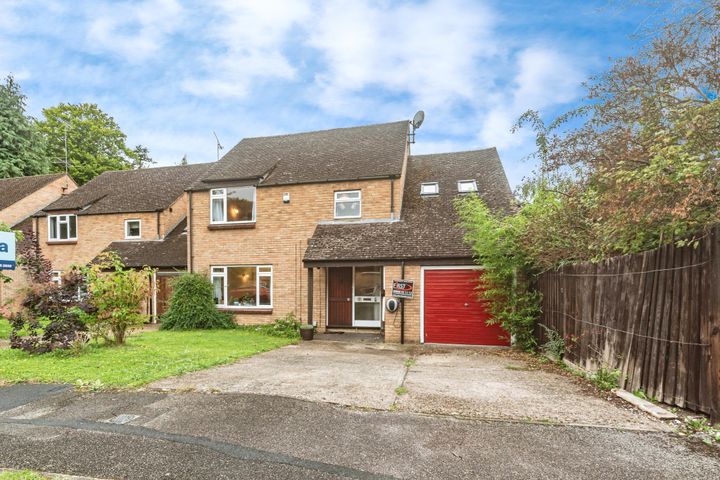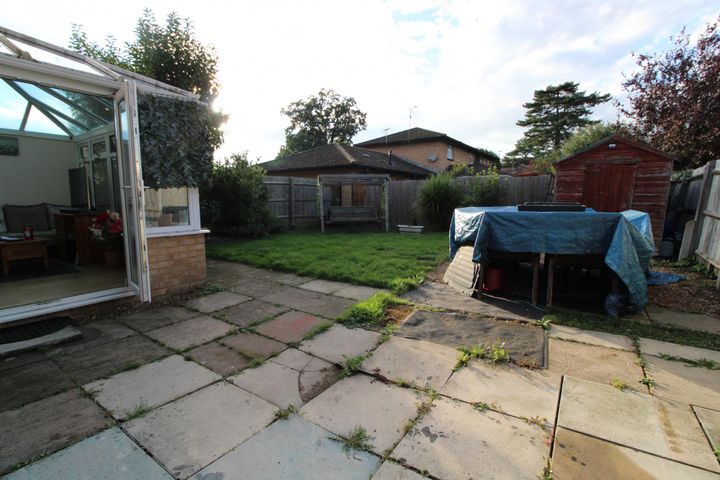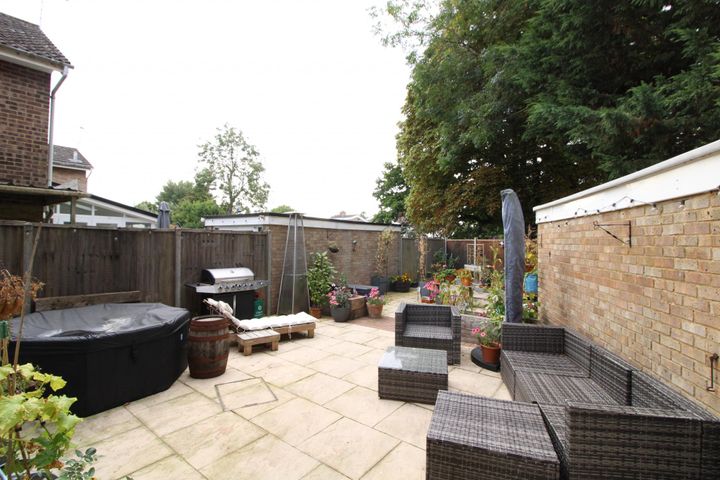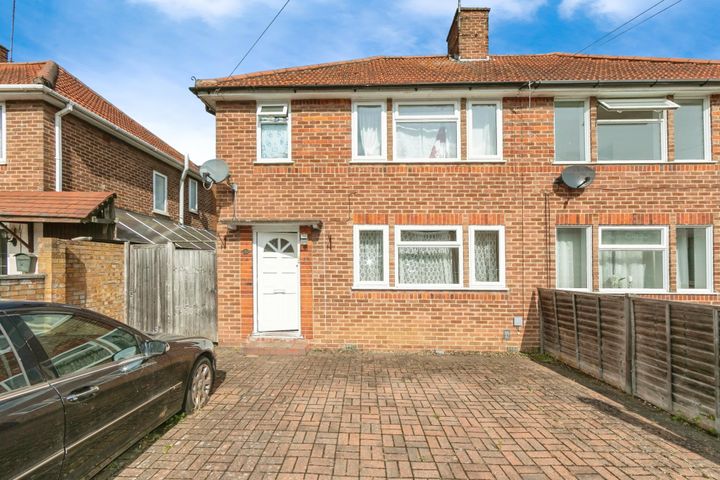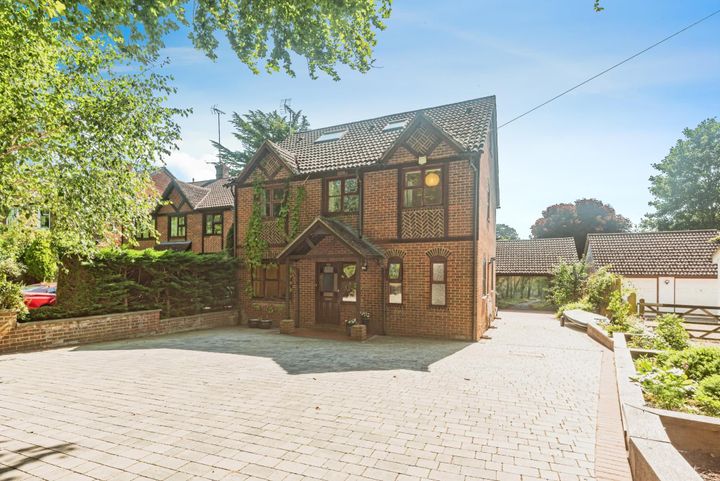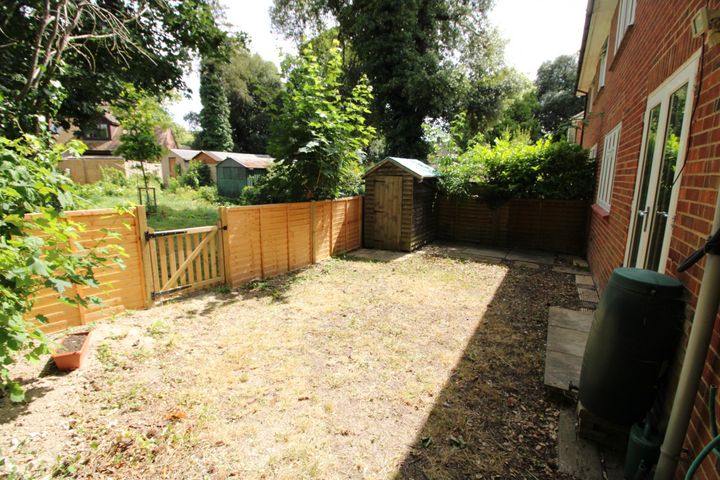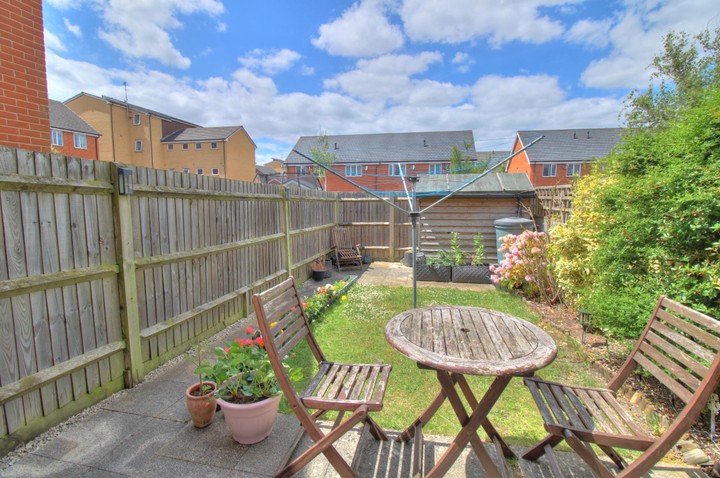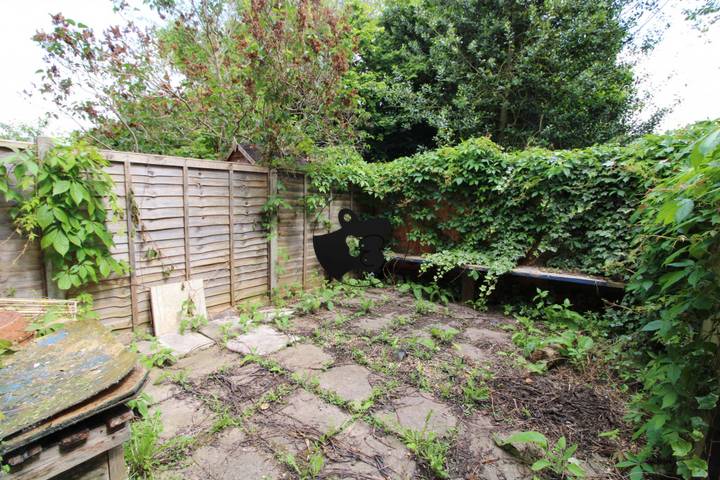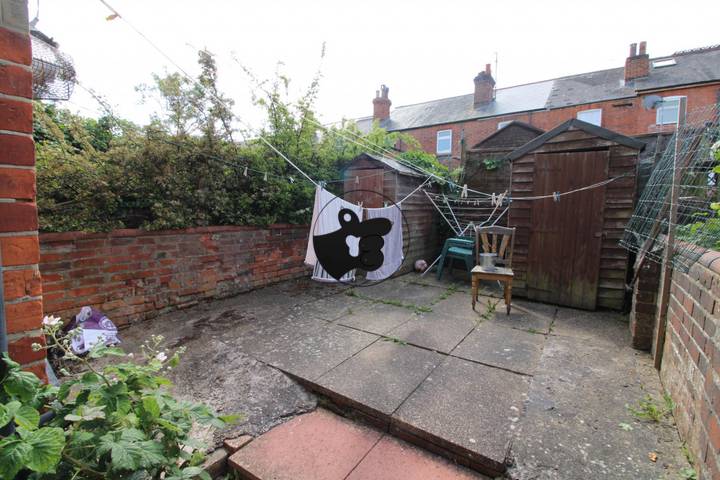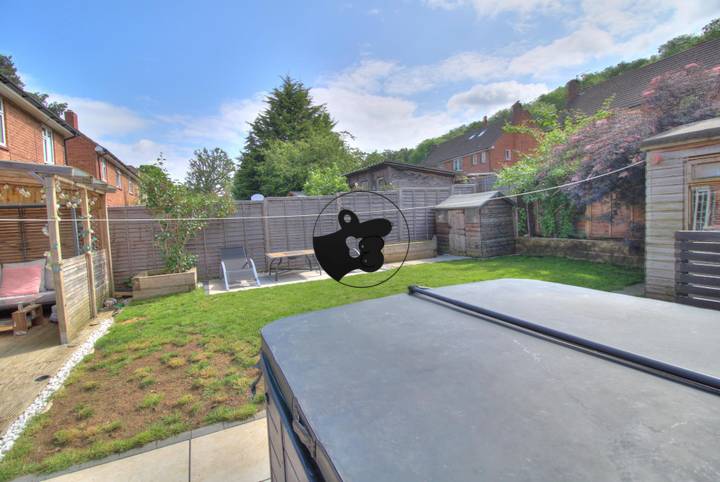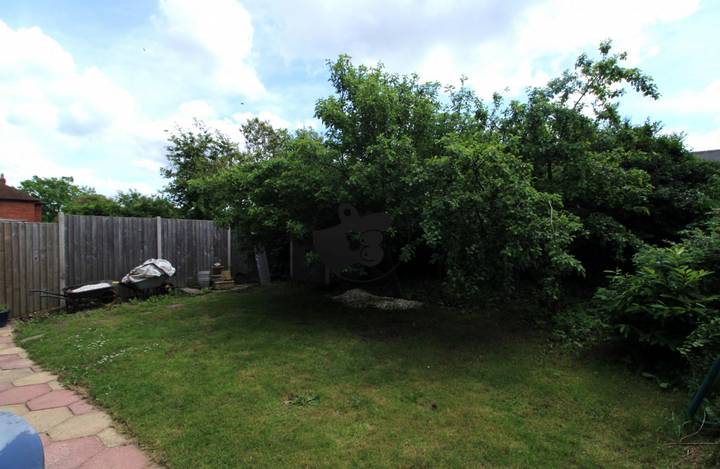The average home price in Reading, UK, has seen significant fluctuations in recent years, driven by demand in both the residential and investment markets. As of late 2023, the average price for a property in Reading stands at approximately £350,000, with variations depending on location and property type. For instance, areas like Caversham and Reading town centre often command higher prices, with detached homes sometimes reaching upwards of £600,000. In contrast, more affordable options can be found in suburbs such as Whitley and Tilehurst, where average prices may fall around £300,000 or even lower for certain flats and terraced houses. The local real estate market is also influenced by its proximity to London, making it a popular choice for commuters who are willing to invest in longer travel times for lower property prices.
Reading
Location
Price Range
Any price
Price Range
Minimum
No min
Maximum
No max
Property type
Show all
Property type
Show all
House
Apartment
Building
Other
Bedrooms
Any beds
Bedrooms
Minimum
No min
Maximum
No max
Surface Range
Any surface
Surface Range
Minimum
No min
Maximum
No max
Sale type
For sale
Sale type
Show all
To rent
For sale
Location
Apartments and houses for sale in Reading
17 results
Recent
Reading insights
| Aspect | Summary |
|---|---|
| Population | 163,100 |
| Average Property Price | £280,000 |
| Rental Yield | 4.5% |
| Average Rent | £1,250 |
| Occupancy Rate | 95% |
| Capital Growth Rate | 3.5% per annum |
| Property Tax | 1% of property value |
| Transaction Costs | Approximately 4-5% |
| Expected ROI | 7% annually |
| Economic Growth Impact | Positive, driven by local employment and development initiatives |
Reading FAQ
What is the average home price in Reading?
Are real estate prices in Reading higher than in neighboring areas?
Real estate prices in Reading have seen significant fluctuations compared to neighboring areas such as Wokingham and Basingstoke. As of recent data, the average property price in Reading hovers around £300,000, while Wokingham typically commands higher prices, with averages closer to £400,000 due to its reputation for better schools and more spacious homes. In contrast, Basingstoke often has lower average prices at approximately £270,000, appealing to first-time buyers and investors looking for more affordable options. The higher prices in Reading can be attributed to its proximity to London, making it an attractive location for commuters. Specific neighborhoods within Reading, such as Caversham and Kings Road, can see even steeper prices due to their desirable amenities and access to transport links.
What factors influence real estate prices in Reading?
Several factors influence real estate prices in Reading, which is shaped by its proximity to London, the strength of the local economy, and the quality of education facilities. The town's excellent transport links, including the train routes that connect it to London in about 30 minutes, make it a desirable location for commuters, thereby driving demand and increasing property values. Additionally, Reading's status as a tech hub, with companies like Microsoft and Oracle establishing offices there, contributes to job creation and attracts professionals, which further boosts the market. The presence of reputable schools and universities, such as the University of Reading, also plays a significant role in appealing to families and young professionals looking to buy homes, which can elevate prices in certain neighborhoods. Furthermore, factors like the availability of housing stock, local government policies, and changes in interest rates can also impact the overall real estate landscape.
How have real estate prices in Reading changed over the past year?
Over the past year, real estate prices in Reading have experienced notable fluctuations, driven by various market factors. According to recent reports, the average house price in Reading rose by approximately 5% compared to the previous year, with properties in the city center seeing even sharper increases. For instance, a two-bedroom apartment that was valued at around £250,000 a year ago now commands prices closer to £265,000, reflecting growing demand among young professionals and families. Furthermore, areas such as Caversham and Tilehurst have also witnessed price surges, attributed to their attractive suburban environments and good transport links. The rise in prices is partially fueled by a well-documented supply shortage, exacerbated by high demand for housing in key commuter towns, making Reading increasingly desirable for those seeking proximity to London.
How do school ratings affect real estate prices in Reading?
School ratings play a significant role in influencing real estate prices in Reading, as families often prioritize access to high-quality education. Areas with top-rated schools, such as Reading School and Kendrick School, typically see higher demand for housing, which drives up property values. For instance, homes located within the catchment areas of these schools can fetch premiums, sometimes exceeding average market prices by 15-20%. Additionally, properties in neighborhoods with lower-rated schools might struggle to attract buyers, resulting in stagnation or depreciation in value. This trend is evident in areas like the suburb of Tilehurst, where proximity to well-regarded primary schools has led to increased interest, while zones further from these educational institutions experience a less robust market. Overall, the influence of school ratings on property prices underscores the importance of educational quality in shaping community dynamics in Reading.
What is the trend for rental prices in Reading?
The trend for rental prices in Reading has shown a steady increase over recent years, driven by a combination of factors including a growing economy, improved transport links, and an influx of professionals seeking work in the area. For instance, data from property agencies indicates that the average rent for a one-bedroom apartment in the town center has risen to around £1,200 per month, a notable increase from previous years. In more desirable areas such as Caversham, rents have climbed even higher, with some two-bedroom flats commanding upwards of £1,600 monthly. The demand for rental properties has remained robust, partly due to Reading's reputation as a commuter-friendly location with access to London, further fueling the upward trajectory in prices. Additionally, the limited availability of housing stock has exacerbated the situation, making it challenging for prospective tenants to find affordable options.
Is it a good time to buy real estate in Reading right now?
The real estate market in Reading, UK, is experiencing fluctuating dynamics influenced by various factors. Recent data indicates a rise in average property prices; for instance, average home prices in Reading have seen increases of around 5-7% over the past year, reflecting heightened demand. The area benefits from its proximity to London, with well-connected train services that make it appealing for commuters. Additionally, the ongoing developments in local infrastructure, such as the expansion of the Thames Valley Science Park, contribute to long-term growth prospects. However, prospective buyers should also consider the increasing interest rates and the potential impact on mortgage affordability, which has led some experts to suggest a cooling in buyer enthusiasm. While rental yields in Reading remain competitive, providing potential investment opportunities, the balance between current property values and market conditions can vary greatly depending on specific neighborhoods within the town.


